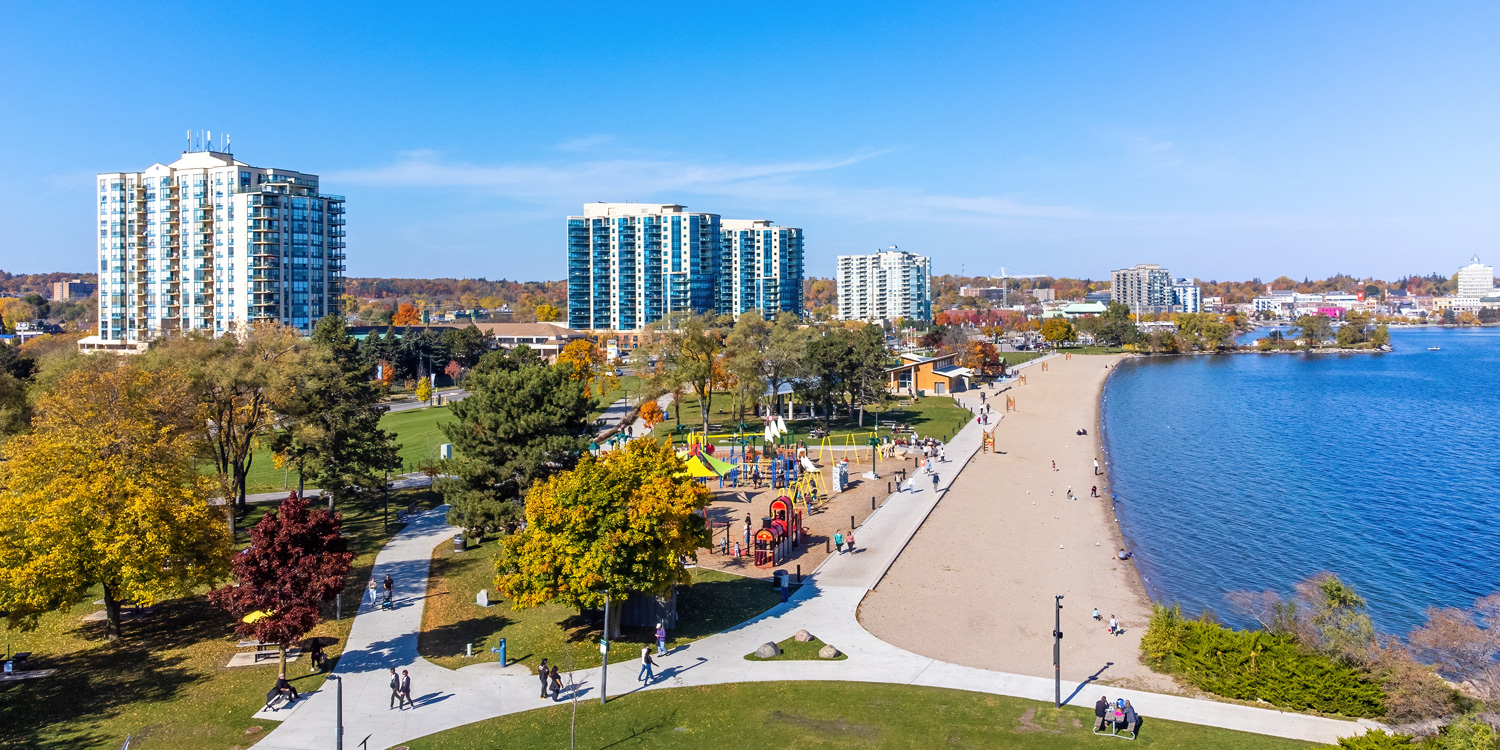Empowering municipal climate action

CAANZero, a special MaRS initiative, explored a financing mechanism to help local governments meet sustainability goals. Here’s what we learned.
The impacts of the climate crisis are often most keenly felt when extreme weather events strike communities. And yet, municipalities are also where climate impacts can best be mitigated. In Canada, the Federation of Canadian Municipalities estimates that 50 percent of the country’s GHG emissions are generated within municipal boundaries. Reducing those emissions has immediate environmental, social and economic benefits for those communities — and beyond.
It can be very challenging, however, for municipalities to implement solutions. Demands for low-carbon infrastructure compete with a growing list of socio-economic challenges for which municipalities are tasked with finding solutions and administering community-support programs.
To address financing constraints and capacity shortfalls, the Climate Action Accelerator to Net Zero (CAANZero) aimed to support small and medium-sized municipalities in Canada in meeting their climate goals by tackling these challenges. The goal of the program was to provide small and medium-sized municipalities access to private capital investment to support building retrofits. It also sought to provide expertise and capacity building to identify, evaluate and execute climate-positive projects at the necessary scale and pace. Running from February 2020 to July 2024, the program consisted of three phases: design, feasibility and pilot preparation. As the program moved into its third phase with the goal of implementing the CAANZero financing and capacity-building model, MaRS focused on engaging municipalities to form municipal cohorts in Ontario and British Columbia, procuring a CAAM, and determining a fund structure that would appeal to investors. Through this work, some of our base assumptions were challenged, such as the need for an innovative financing vehicle for energy retrofits in British Columbia, and that we could structure the financing as an energy service agreement that would not be characterized as a debt obligation in Ontario.
Due to key policy, regulatory and financial barriers, MaRS decided not to implement the model. However, we gained important insights. We focused on capturing the lessons learned and developed a list of seven recommendations specific to the different levels of government and other actors to overcome key barriers:
- For the federal government:
- Provide municipalities with stable funding through enhanced fiscal transfers to reduce reliance on alternative financing and to support staff capacity, in line with the Federation of Canadian Municipalities’ Municipal Growth Framework.
- Expand federal grant and loan programs for municipally led infrastructure solutions with a focus on filling gaps for funding less suited to private-sector investment.
- For provincial and territorial governments:
- Review and amend legislation and regulations governing municipalities to better align responsibilities with decision-making powers, in collaboration with small and medium-sized cities.
- Work with the federal government to help fill municipal funding gaps through targeted and reliable grant and loan programs streamlined for projects that do not generate clear or consistent cash flows.
- For municipal governments:
- Financial decision-makers in municipal governments identify and implement creative funding solutions for climate action, and share best practices.
- For all levels of government:
- Leverage public funds as catalytic investments that help address market failures and policy gaps.
- For other stakeholders:
- Agencies or other entities that distribute public funds or provide low-cost borrowing, consider a funding mix that enables crowding-in of private capital.
 Ana Gonzalez Guerrero
Ana Gonzalez Guerrero  Deveney Bazinet
Deveney Bazinet